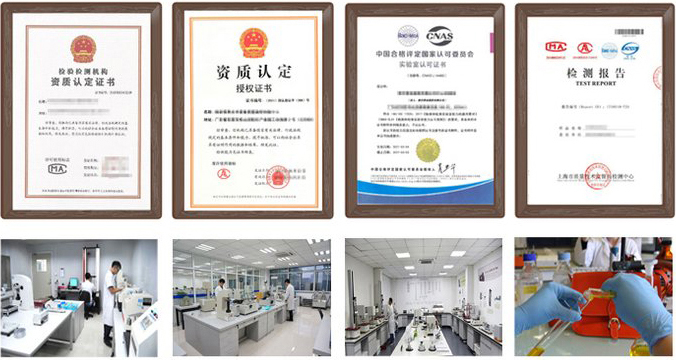Mosquito repellent pack testingHow to apply for a report? What items need to be tested? We will conduct testing and evaluation in strict accordance with the standards. We can also provide personalized testing plans and reports according to your needs.
The methods for testing mosquito repellent packages mainly include the following:
1. Sensory testing
Sensory testing is the basic method for testing mosquito repellent packages, which mainly uses human vision, smell, and other senses to make a preliminary assessment of the appearance and smell of the package.
Appearance inspection: Observe whether the packaging of the mosquito repellent package is intact and whether there is damage, deformation, or pollution. At the same time, check whether the color and shape of the package meet the regulations.
Odor detection: Evaluate the smell of the package by smell to determine whether it has the unique fragrance of the mosquito repellent effect. It should be noted that different mosquito repellent packages may have different fragrances, so they should be tested according to specific product standards.
2. Component analysis
The component analysis is a key link in the testing of mosquito repellent packages, which aims to determine whether the package contains the specified mosquito repellent ingredients and the content of these ingredients.
Qualitative analysis: Use chemical or instrumental analysis methods to determine whether the mosquito repellent package contains specific mosquito repellent ingredients, such as DEET, chlorpyrifos, etc. This helps to ensure the effectiveness and safety of the product.
Quantitative analysis: Determine the content of mosquito repellent ingredients in the mosquito repellent package through precise instrumental analysis methods. This helps ensure that the product complies with relevant standards and regulations while providing consumers with accurate product information.
3. Mosquito repellent effect testing
Mosquito repellent effect testing is an important indicator for evaluating the performance of mosquito repellent kits, which is mainly carried out through laboratory tests or field tests.
Laboratory test: Under laboratory conditions, the mosquito repellent kits are tested for mosquito repellent effect using specific mosquito species and quantities. The mosquito repellent effect of the kits is evaluated by recording indicators such as the mortality rate and repellency rate of mosquitoes. It should be noted that laboratory tests should be carried out in strict accordance with relevant standards and regulations to ensure the accuracy and reliability of the test results.
Field test: The mosquito repellent kits are tested for mosquito repellent effect in the actual use environment. The mosquito repellent effect of the kits is evaluated by observing indicators such as the number and activity of mosquitoes after using the kits. Field tests help to have a more comprehensive understanding of the performance of the kits in actual use.
4. Safety testing
Safety testing is an important part of ensuring the safe use of mosquito repellent kits, mainly including testing of safety indicators such as skin irritation and allergies.
Skin irritation test: After the mosquito repellent package is in contact with the skin for a certain period of time, observe whether the skin has irritation reactions such as redness, swelling, and itching. This helps to ensure that the product will not cause adverse effects on the skin during use.
Allergy test: Evaluate whether the mosquito repellent package will cause allergic reactions through methods such as a skin scratch test or patch test. This helps to ensure the safety of the product for sensitive people.
V. Other testing items
In addition to the above main testing methods, mosquito repellent package testing may also involve other items, such as safety testing of packaging materials, compliance inspection of product labels and instructions, etc. These testing items help ensure that mosquito repellent packages comply with relevant standards and regulations in all aspects.
In summary, the methods for testing mosquito repellent packages include sensory testing, ingredient analysis, mosquito repellent effect testing, safety testing, and other testing items. By comprehensively applying these methods, the quality and safety performance of mosquito-repellent packages can be comprehensively evaluated to provide consumers with safe and effective mosquito-repellent products.
Test report function
1、Project bidding: issue authoritative third-party CMA/CNAS qualification report;
2、E-commerce platform entry: quality inspection reports recognized by major e-commerce platforms;
3、Used as sales report: issuing a test report with legal effect to make consumers feel more at ease;
4、Papers and scientific research: providing professional and personalized testing needs;
5、Judicial services: providing scientific, fair and accurate testing data;
6、Industrial problem diagnosis: verifying the troubleshooting and correction of problems in industrial production;


 National free customer service telephone 400-101-7153
National free customer service telephone 400-101-7153 

